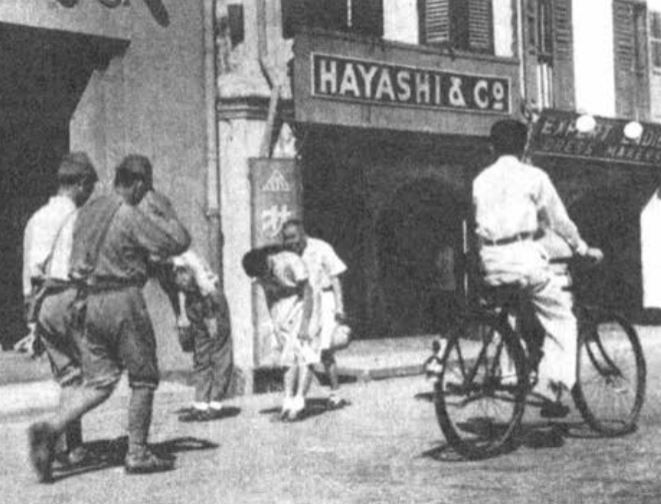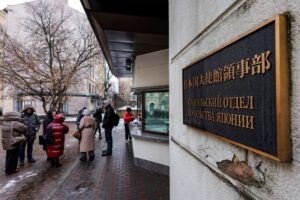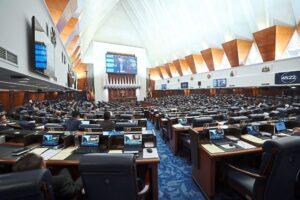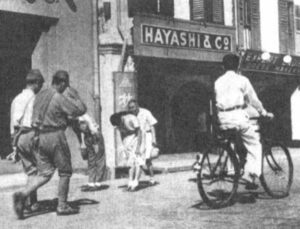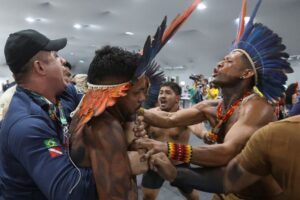WHEN it comes to World War II (WWII) history, one area of study that continues to draw a measure of horror is Japan’s intensive interest – and research – into the use of infectious diseases like the bubonic plague as biological weapons.
Over the years, it has been claimed that a school in Negri Sembilan was repurposed to be part of Japan’s network of research laboratories aimed at weaponising pathogens.
Is it really true that a Negri Sembilan school was once used as a bioweapons laboratory?
VERDICT:
TRUE
Yes, a portion of a school in Kuala Pilah was once used as a biological weapons laboratory – specifically one focused on the breeding of rats and rabbits.
As documented by Universiti Kebangsaan Malaysia senior lecturer Dr Marina Abdul Majid in her research paper titled “A Japanese Biological Weapon’s Legacy in Malaysia: The Aftermath Effects for Environmental Contamination, Sustainable Development, and Application of International Humanitarian Law”, the institution in question was the Tuanku Muhammad School.
“The upper floor of the Tuanku Muhammad School was forbidden to local Malaysians but Lim Jun Tian testified that he once managed to spy on the extraction of rabbit blood stored in bottles in the upper floor of the school,” she said in her paper.
Citing sources, Marina added that Parit Tinggi village head Yahya Yakin provided further evidence that when he was 13 years old, he was sent to breed white rats by the Japanese for about two years before transferring to the Japanese military base in Port Dickson.
“These Malaysians, of course, had no idea where these bottles of rabbit blood and rats were destined. At the school, there were several Japanese doctors and veterinarians as well as local Indian assistants,” she wrote in her paper.
She then added that while the school was officially a Kempeitai (Japanese secret police) base, this was just camouflage for the more sinister activity of breeding animals for the experimentation of plague as a biological weapon.
“A former Japanese army officer, Takayama Yoshiaki, further provided testimony that rats were transported to Kuala Pilah from the Tachikawa airfield in Tokyo.
Yoshiaki apparently accompanied some of these rats on a flight from Japan to Singapore, whereupon these rats were transported to Johor Baru and also Kuala Pilah,” she wrote.
And as for what happened to the laboratory and the rats, accounts show that all the rats and rabbits were destroyed upon Japan’s surrender in 1945.
So yes, the Tuanku Muhammad School had a rather interesting role to play during what was arguably the most catastrophic war in human history.
SOURCES:
https://biblioasia.nlb.gov.sg/
